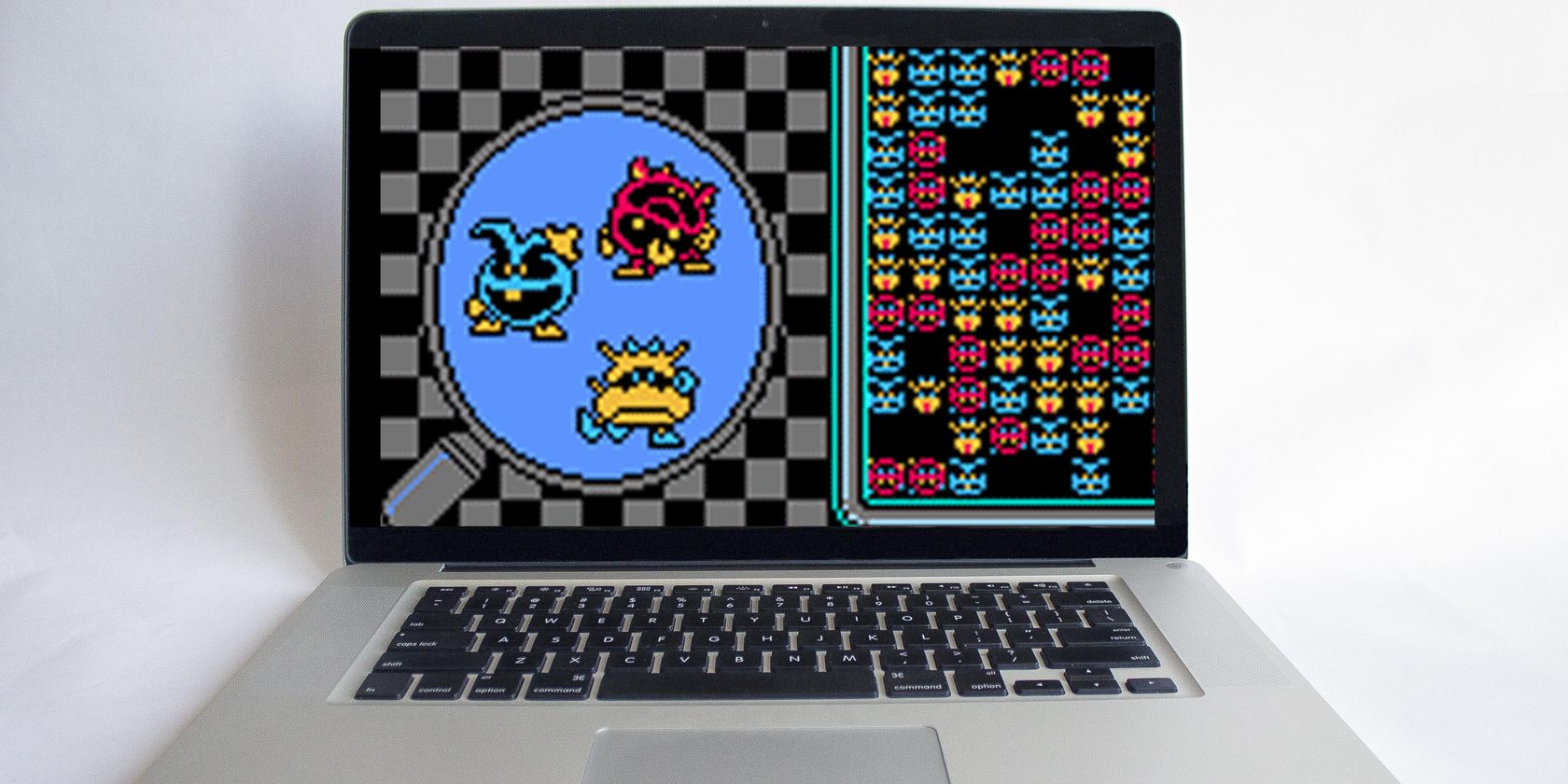
I get pages saying my mac is infected mac#
I began to suspect maybe my Mac machine had been infected my browser warned me (Google Chrome) saying this website was not secure. It redirected sites like to a phishing site that (I think) I caught before my children gave away their credentials. My ASUS home router was apparently hacked and a rogue DNS server in Dubai added to the configuration. This tweet from three days ago seems to describe an incident very similar to what you experienced: (This is routinely done with Microsoft security updates.) Such "1-day exploits" are comparatively cheap to develop.Īlso, this looks like it's part of a more wide-spread recent attack. Diffing firmware releases to reverse-engineer what parts were patched is usually quite straightforward, even without access to the original source. Fixed CVE-2018-5721 Stack-based buffer overflow.Īlthough Asus doesn't publish bug details, attackers may have independently discovered some of the vulnerabilities patched in that release.
I get pages saying my mac is infected code#

No one has access to my router administration page aside from me on the network, and I have disabled access to the router outside of the local network I can see outside access was enabled, on initial setup this was definitely switched off.

I knew straight away that the DNS had been changed, the primary address should have been 8.8.4.4. In my settings however I found the following IP's: Primary: 185.183.96.174 I had initially set my DNS settings to use Google's servers, although this was set many years ago I knew the were something along the lines of 8.8.*.*. Lo and behold, when digging into the DNS settings I could see that the settings looked a little odd. I then turned to my router to have a look at its settings. To me this sounded like something to do with DNS as the chances that both my devices were infected were very unlikely. I began to suspect maybe my Mac machine had been infected, so I switched to my iPhone (on the same WiFi network), tried and got shown the exact same page.


I dug in a little deeper to the source code for the page and could see that the source code was way too simplified for a large corporation the only piece of JS was to verify that the email address was in the right format. This started ringing alarm bells in my mind, I clicked "Continue Anyway" and was greeted with this page:īeing (somewhat of) a web designer/developer I pay attention to the little details on a website and I knew instantly this was not what the Apple homepage looks like, and they certainly didn't prompt you to login on their homepage. However then I noticed something really weird, when I tried to visit my browser warned me (Google Chrome) saying this website was not secure. I went online on my Macbook today and noticed my iTunes complaining that it couldn't connect to Apple, I tried logging out and in of my account but weirdly it said it couldn't log in I didn't think much of it at first as I thought maybe it was iTunes just being more buggy than usual.


 0 kommentar(er)
0 kommentar(er)
